Let’s be honest: carrying a knife every day isn’t just about utility—it’s a lifestyle. Whether you’re opening packages, prepping an impromptu charcuterie board, or just admiring the satisfying snick of your favorite flipper, your EDC blade is a trusty sidekick.
But with great edge comes great responsibility.
Too often, we see EDC fans treat knife safety like the speed limit—technically important, but easy to ignore. Until something goes wrong. So whether you’re a seasoned slicer or fresh to the fold, let’s run through some essential knife safety tips that every EDC user should not only know but live by. And maybe, just maybe, tattoo on their forearm. (Okay, maybe don’t.)
1. Always Cut Away From Yourself (Yes, Even If You’re “Careful”)
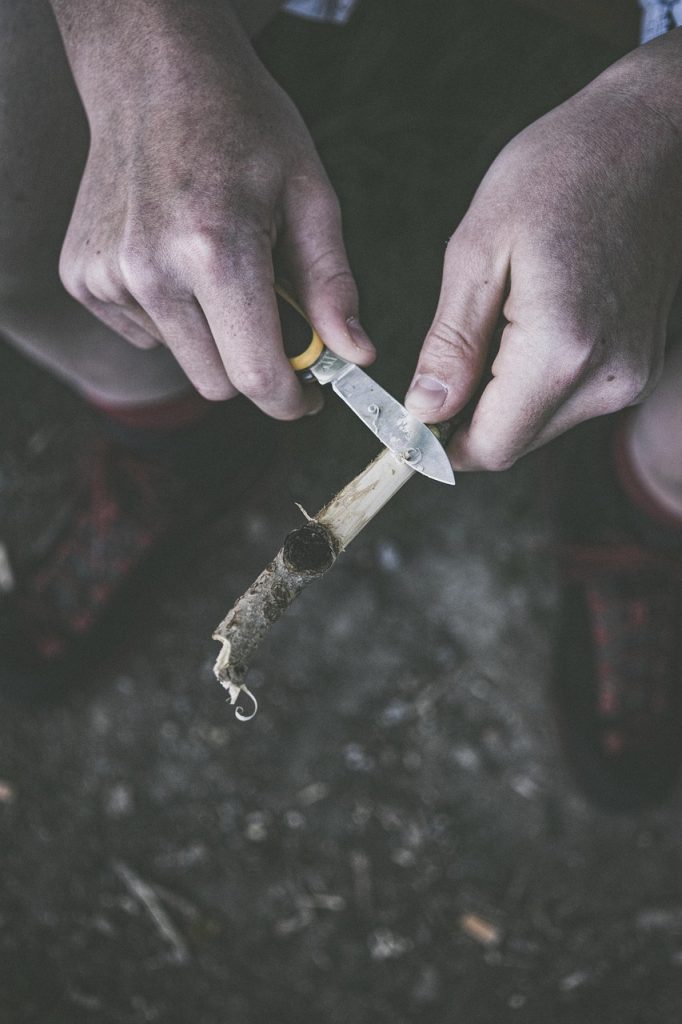 You’ve probably heard this one a million times—and for good reason. Cutting toward yourself is basically inviting a blade to meet your femoral artery for coffee.
You’ve probably heard this one a million times—and for good reason. Cutting toward yourself is basically inviting a blade to meet your femoral artery for coffee.
Real Talk: We knew a guy who was cutting zip ties off of some packaging and applying a decent amount of force. When the knife made it through the zip tie it continued into his hand. Maybe not the best tool for the job.
Bottom line: Always cut away. No exceptions. Not even for that one super precise slice you’re sure will be fine.
2. Know Your Lock
 Frame lock, liner lock, back lock, axis lock—if it sounds like hardware store poetry, that’s because it kind of is. But poetry that can pinch your fingers if you’re not careful.
Frame lock, liner lock, back lock, axis lock—if it sounds like hardware store poetry, that’s because it kind of is. But poetry that can pinch your fingers if you’re not careful.
Take the time to practice closing your knife slowly and deliberately when you first get it. Muscle memory is your best friend here, and hesitation can lead to surprise nicks.
Pro Tip: Don’t flex by snapping your knife closed one-handed until you’re 110% comfortable with the mechanism.
3. Keep It Sharp
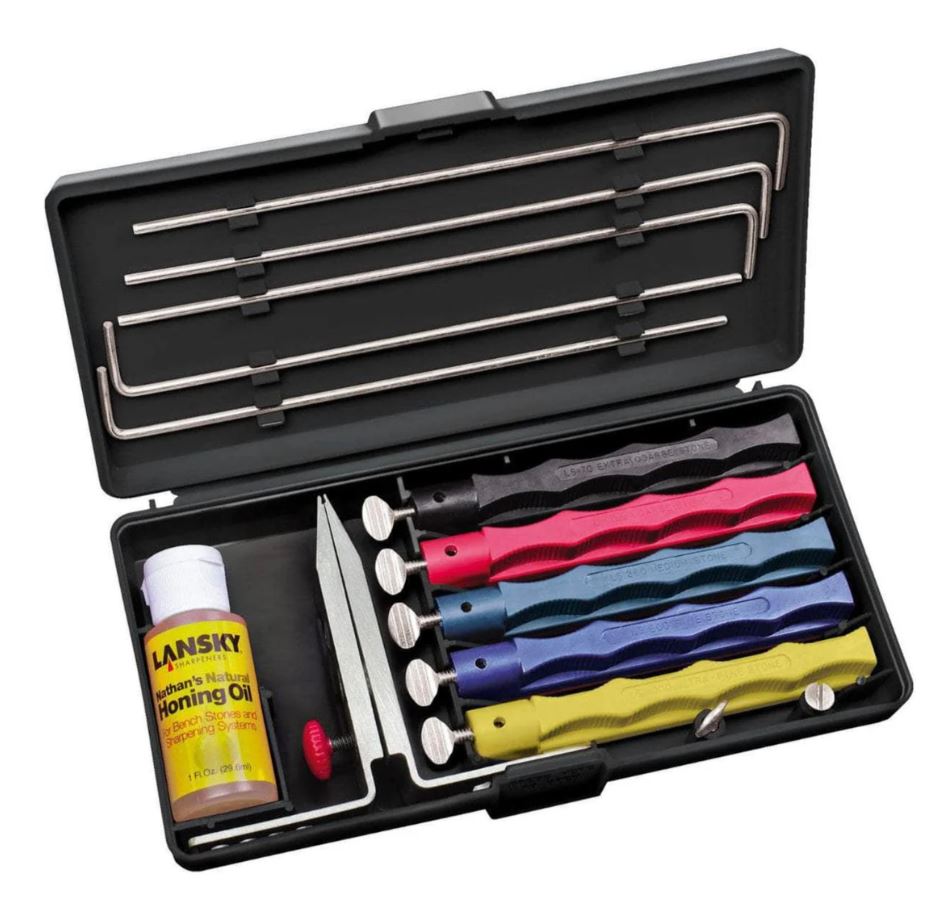
Most people are aware that sharp knives are safer but often fall behind on maintaining their blade. Keeping the cutting edge in top condition is of utmost priority.
Dull blades require more pressure, slip more often, and are way more likely to turn a simple task into a trip to urgent care.
Quick Tips:
- Touch up your edge regularly with a strop or honing rod.
- Learn to recognize when your blade is losing bite.
- Don’t be afraid to ask the community for sharpening tips (we love showing off our setups).
4. Respect the Pocket Clip
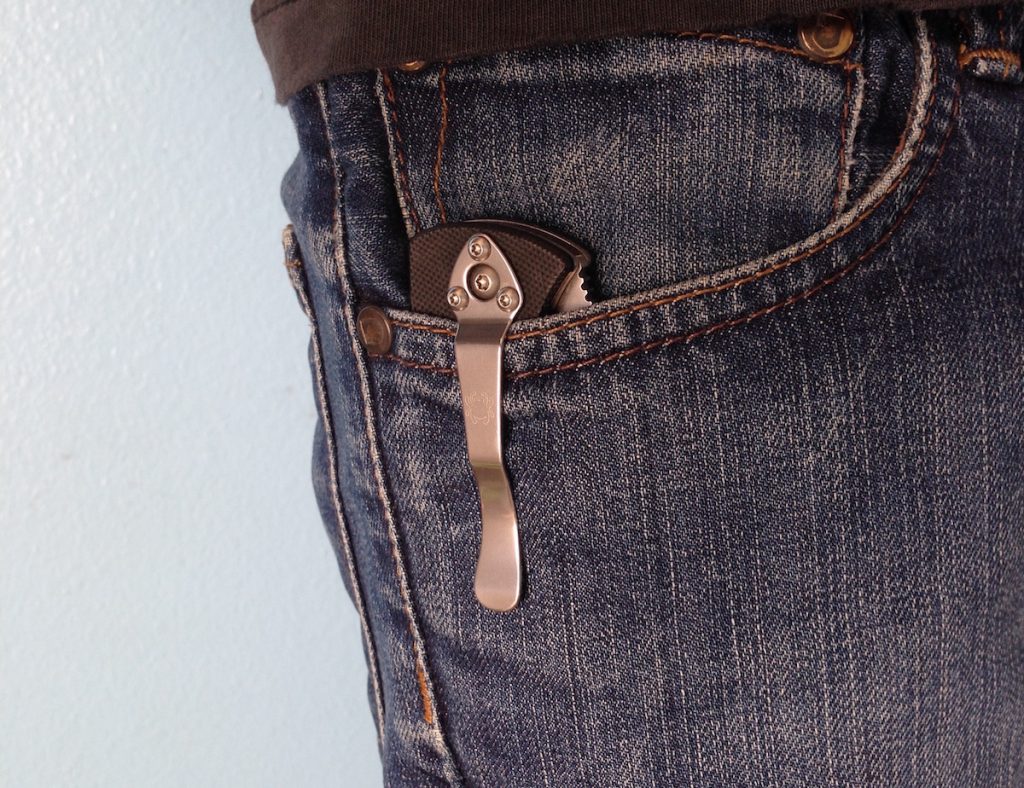
EDC knives are designed to be convenient, but pocket clips can be deceptive little devils. A poorly clipped knife can slide loose, open in your pocket, or worse—disappear entirely.
Best Practices:
- Clip it firmly to the seam of your front pocket.
- Check it periodically throughout the day.
- Avoid the “deep pocket abyss” where keys, lint, and mysterious goo live.
Do be sure to check your local knife laws as a knife clipped to your pocket could be considered open or concealed carry.
5. Don’t Be “That Guy” in Public
You know the one. Flicking his knife open and closed at the coffee shop. Whipping it out to slice a bagel mid-commute. Making people quietly Google local laws under the table.
Knives are tools. Treat them with the respect they deserve, and you’ll avoid freaking out the general public—or worse, getting a visit from someone with a badge.
Golden Rule: If you wouldn’t draw it in front of Grandma, maybe rethink that move.
6. Store It Right
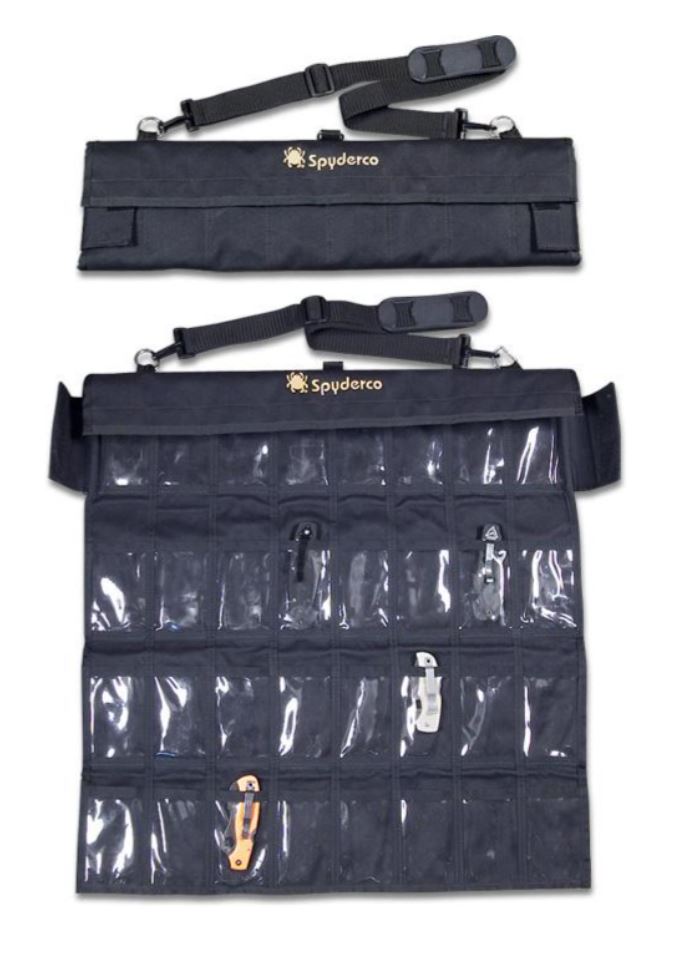
Your knife deserves more than being tossed into a junk drawer or abandoned in a glove box.
Keep your blade:
- Clean and lightly oiled (especially if it’s carbon steel).
- In a safe spot away from pets and curious little humans.
- Folded and locked before storage. Always.
Think of your knife like a loyal dog. It’ll treat you right if you treat it right. And for those knife collectors like myself there are numerous storage and display options around!
7. Know the Laws (Ignorance Isn’t a Legal Defense)
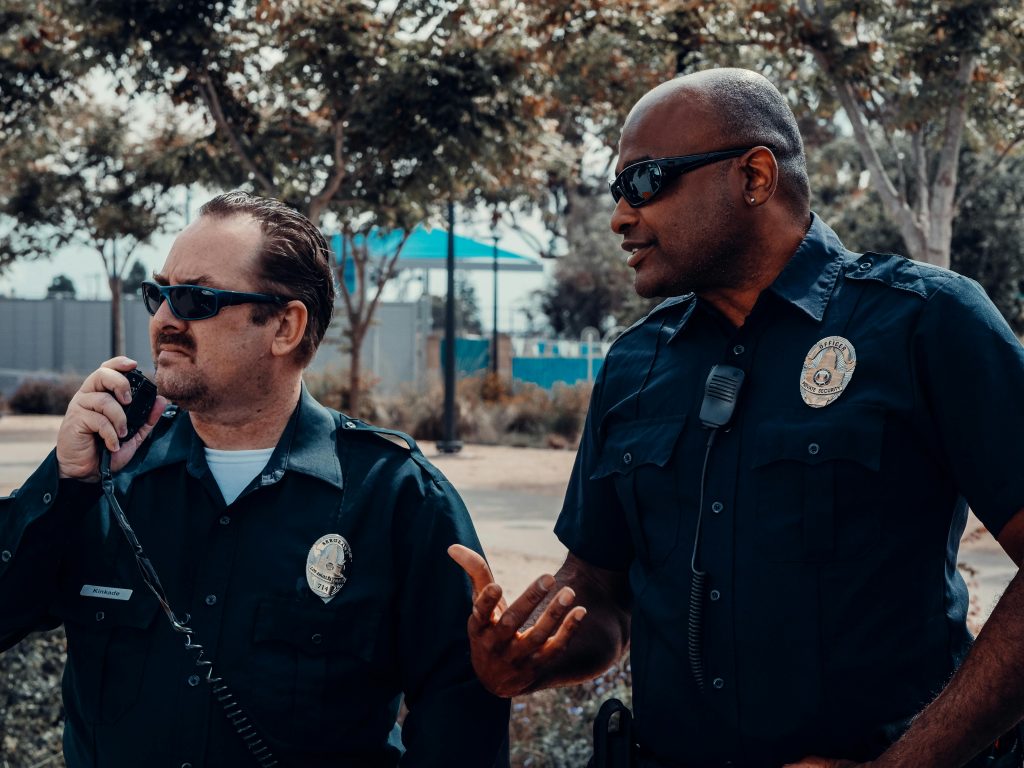
Knife laws vary wildly by state, county, and even city. What’s cool in Texas might land you in hot water in New York.
Before you clip that blade to your jeans and walk out the door, know:
- Blade length limits
- Whether assisted openers are allowed
- Restrictions on carrying in schools, federal buildings, etc.
Helpful Tip: The Knife Rights Foundation and similar orgs are great resources. And if you’re ever unsure, err on the side of caution. (Or switch to that tiny slipjoint your uncle gave you in ’98.)
TL;DR – Quick Safety Checklist
- Cut away from yourself
- Learn your knife’s lock
- Keep it sharp
- Clip it securely
- Don’t show off in public
- Store it responsibly
- Know your local laws
Got a Safety Story? Share It With the Tribe!
We’re all human—and let’s be real, most of us have at least one cringe-worthy knife story. (Bonus points if it involves duct tape and a regretful sigh.)
So let’s hear it:
What’s your most important knife safety lesson—or the mistake you’ll never repeat?
Drop it in the comments below. You just might save someone else a fingertip.
Stay sharp, stay safe, and as always—carry with care.




September 9, 2025 at 10:19 pm
Honestly, this should be required reading for anyone who’s ever thrown a knife in their pocket and thought, “I got this.” I learned the hard way that a dull blade and overconfidence are a bad combo—still have the scar to prove it. Knife safety isn’t about being paranoid, it’s about respecting the tool. A little mindfulness goes a long way (and keeps the ER visits to a minimum).
November 4, 2025 at 1:44 am
Ok. Very helpful. a bunch of thanks for these tips.